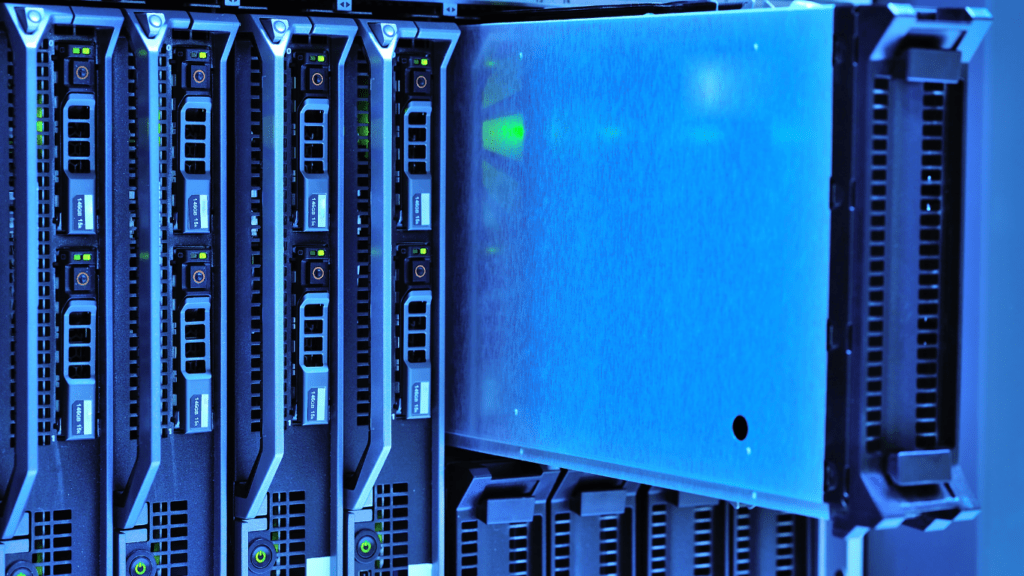In today’s digital landscape, safeguarding your network against evolving cyber threats is paramount. As technology advances, so do the tactics of cybercriminals, making robust network security a necessity. In this article, I’ll delve into the realm of next-generation network security and how it plays a crucial role in protecting your digital infrastructure.
With the rise of interconnected devices and the growing complexity of cyber-attacks, traditional security measures are no longer sufficient. Next-gen network security solutions offer advanced threat detection, real-time monitoring, and proactive defense mechanisms to combat sophisticated cyber threats. By staying ahead of potential risks and vulnerabilities, organizations can ensure the integrity and resilience of their digital assets.
Join me as we explore the cutting-edge technologies and strategies that define next-gen network security and learn how you can fortify your digital infrastructure against the ever-evolving threat landscape.
Evolution of Network Security
Exploring the Evolution of Network Security is essential in understanding the dynamic nature of cybersecurity threats and defenses. It delves into how security measures have transformed over time in response to increasingly sophisticated cyber-attacks. Network security has evolved from traditional firewalls and antivirus programs to encompass advanced technologies such as AI-driven threat intelligence and behavior analytics.
Leveraging the insights gained from the Evolution of Network Security helps organizations stay ahead of cyber threats. By adapting security protocols to align with the latest trends and vulnerabilities, businesses can bolster their defenses and mitigate potential risks. Embracing a proactive approach to network security is paramount in safeguarding digital assets in today’s interconnected landscape.
Continuously monitoring and updating security measures in line with the Evolution of Network Security is crucial for maintaining a robust cybersecurity posture. As threat actors evolve their tactics, organizations must remain vigilant and responsive to emerging risks. By embracing innovation and staying informed about the Evolution of Network Security, businesses can fortify their digital infrastructure against ever-changing cyber threats.
Benefits of Next-Gen Security
In the realm of network security, next-generation solutions offer a myriad of benefits. Let’s delve into how these advanced measures provide improved threat detection and enhanced data protection.
Improved Threat Detection
Next-gen security practices go beyond traditional methods by utilizing cutting-edge technologies such as AI-driven threat intelligence and behavior analytics. These tools enable swift identification of suspicious activities, potential breaches, and emerging threats. By promptly detecting anomalies and unauthorized access attempts, organizations can proactively fortify their defenses and prevent cyber incidents before they escalate.
Enhanced Data Protection

Next-generation security solutions prioritize data protection through robust encryption, access controls, and intrusion prevention mechanisms. By safeguarding sensitive information at rest and in transit, these measures ensure the confidentiality, integrity, and availability of data assets. Enhanced data protection measures not only mitigate the risk of data breaches but also foster trust among stakeholders, clients, and regulatory bodies regarding the organization’s commitment to cybersecurity.
Key Features of Next-Gen Security Solutions
Exploring the realm of next-generation security solutions unveils key features essential for safeguarding digital infrastructures against modern cyber threats.
- Enhanced Threat Detection: Next-gen security solutions offer advanced threat detection capabilities utilizing AI-driven technologies and behavior analytics to identify and mitigate potential risks swiftly.
- Real-Time Monitoring: These solutions provide real-time monitoring of network activities, allowing for immediate response to suspicious behavior or security breaches as they occur.
- Proactive Defense Mechanisms: Next-gen security solutions employ proactive defense mechanisms to prevent security incidents before they escalate, reducing the chance of data breaches or system compromises.
- Cutting-Edge Tools: Leveraging cutting-edge tools, next-gen security solutions enhance threat intelligence, enabling organizations to stay ahead of evolving cyber threats and vulnerabilities.
- Enhanced Data Protection: With robust encryption protocols and granular access controls, these solutions ensure the utmost protection of sensitive data, maintaining confidentiality and integrity.
- Building Trust and Compliance: By bolstering defenses and safeguarding data assets, organizations can instill trust among stakeholders and comply with regulatory requirements, fostering a secure digital environment.
- Adaptability and Awareness: Remaining adaptable to emerging trends and staying informed about evolving threats are cornerstones of next-gen security strategies, empowering organizations to continuously enhance their cybersecurity posture.
Embracing these key features of next-gen security solutions equips organizations with the necessary tools and practices to fortify their digital infrastructures and navigate the ever-changing cybersecurity landscape effectively.
Implementation Strategies
Expanding on the robust infrastructure discussed earlier, organizations need to implement multifaceted strategies to fortify their cybersecurity defenses effectively. Here are some key implementation strategies to enhance next-gen network security:
- Continuous Monitoring: Utilize advanced monitoring tools that offer real-time visibility into network activities, enabling prompt detection of anomalies and potential threats.
- Access Control Policies: Implement stringent access control measures to restrict unauthorized access to sensitive data, ensuring only authorized personnel can interact with critical systems.
- Encryption Protocols: Employ strong encryption protocols to safeguard data both at rest and in transit, securing information from unauthorized access or interception.
- Patch Management: Maintain a robust patch management system to promptly address vulnerabilities in software and devices, reducing the risk of exploitation by cyber adversaries.
- Incident Response Plan: Develop a comprehensive incident response plan outlining procedures for swift identification, containment, eradication, and recovery from security incidents.
- Employee Training: Provide regular cybersecurity training to employees to raise awareness about potential threats, phishing attacks, and best practices for maintaining a secure network environment.
- Network Segmentation: Segment networks to isolate critical systems and limit the impact of potential breaches, reducing the lateral movement of threat actors within the infrastructure.
- Third-Party Risk Assessment: Conduct thorough assessments of third-party vendors’ security practices to ensure they meet the required standards and do not pose a risk to your network security.
Implementing these strategies will bolster your organization’s cybersecurity posture, mitigating risks and fortifying defenses against the ever-evolving threat landscape.



